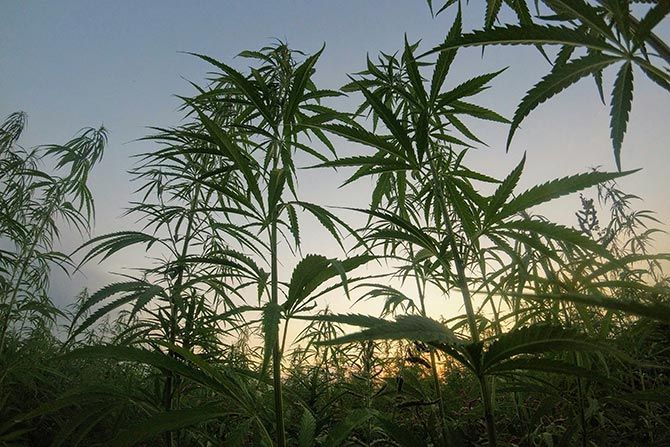With the ever-present challenges of climate change and resource depletion, Matthew Mead, founder and CEO of Hempitecture, is dedicated to seeing the use of sustainable, healthy building materials in our built environment. His work with Hempitecture awarded him a spot on the 2020 Forbes “30 under 30” list, alongside his cofounder Tommy Gibbons.
The company’s goal is to achieve net zero greenhouse gas emissions through sustainable practices. They are committed to reducing our carbon footprint, championing conscious consumerism and leading by example in conservation and sustainable commerce.
The built environment has a big problem: It is hugely carbon‑intensive. Currently, builders are using high-embodied carbon products to achieve energy efficiency. Buildings rely on insulation to save energy, but most insulation has high‑embodied energy, and it costs more money to heat and cool. Buildings generate nearly 40% of the annual global CO2 emissions. Of those total emissions, building operations are responsible for 28% annually, while building materials and construction (typically referred to as embodied carbon) are responsible for an additional 11% annually.
Hempitecture specializes in making high-performance, sustainable building products. They manufacture and distribute sustainable insulation and biobased materials using hemp. Industrial hemp is a superior choice for sustainable insulation due to its eco-friendly characteristics, exceptional insulation properties and ability to absorb carbon dioxide. It is a rapidly renewable resource that grows quickly, requiring minimal water and no pesticides or fertilizer, thereby reducing environmental impact. Hemp’s natural fibers offer excellent thermal insulation, keeping homes warm in winter and cool in summer, which leads to energy savings. It has excellent acoustic properties, reducing noise pollution and creating a more peaceful living environment. Furthermore, hemp insulation is highly durable and pest‑resistant, eliminating the need for frequent replacements and chemical treatments.
Additionally, industrial hemp has a favorable impact on greenhouse gas (GHG) emissions, primarily due to its high carbon sequestration capability, low input requirements and potential to replace more carbon-intensive materials. Hemp cultivation presents a promising opportunity for reducing GHG emissions and enhancing environmental sustainability in highly favorable sites throughout the United States.
To achieve truly sustainable buildings, we need to reconcile both the embodied carbon and the operational carbon, as neglecting either aspect would result in an incomplete approach to reducing the environmental impact. Hempitecture has products that can reconcile both: Hempcrete and HempWool.®
Hempcrete is a high-performing insulation material that replaces plywood, vapor barriers and drywall. It’s made from Hemp Core, which is grown in the U.S. and processed to building-grade specifications. It is a sustainably sourced lime and pozzolan binder that solidifies the Hempcrete. It also solidifies by absorbing CO2. One cubic foot of hempcrete equals seven pounds of CO2 stored.
HempWool is an implementable low-carbon insulation that is non-abrasive, non-toxic, mostly biodegradable, mold resistant and causes no risk to the installer, contractors or occupants of the finished structure. It is installed very similarly to other products available on the market; however, when considering an indoor manufacturing environment, it offers benefits over other products as it will not create a hazard within the facility.
While HempWool is the most expensive option currently, it has the lowest embodied energy. The cost of HempWool will be reduced with U.S. manufacturing, and the embodied energy is expected to decrease as well, utilizing more local supply chains versus the global supply chain that HempWool is currently sourced from.
Ultimately, reconciling embodied carbon and operational carbon requires a holistic approach. The path to sustainability is complex and requires us to be continually learning, adapting and innovating. That is exactly what Matthew is doing with Hempitecture — imagining a tangible future where natural, non-toxic building materials become the industry standard. The benefits — a healthier planet, resilient communities and a sustainable economy — are worth every effort.
Visit www.hempitecture.com to learn more about Hempitecture and what they’re doing to support sustainable living.










